Their pink-red plumage makes flamingos stand out in the bird world, loved by many people and becoming a special symbol in art and culture thanks to their unique appearance.
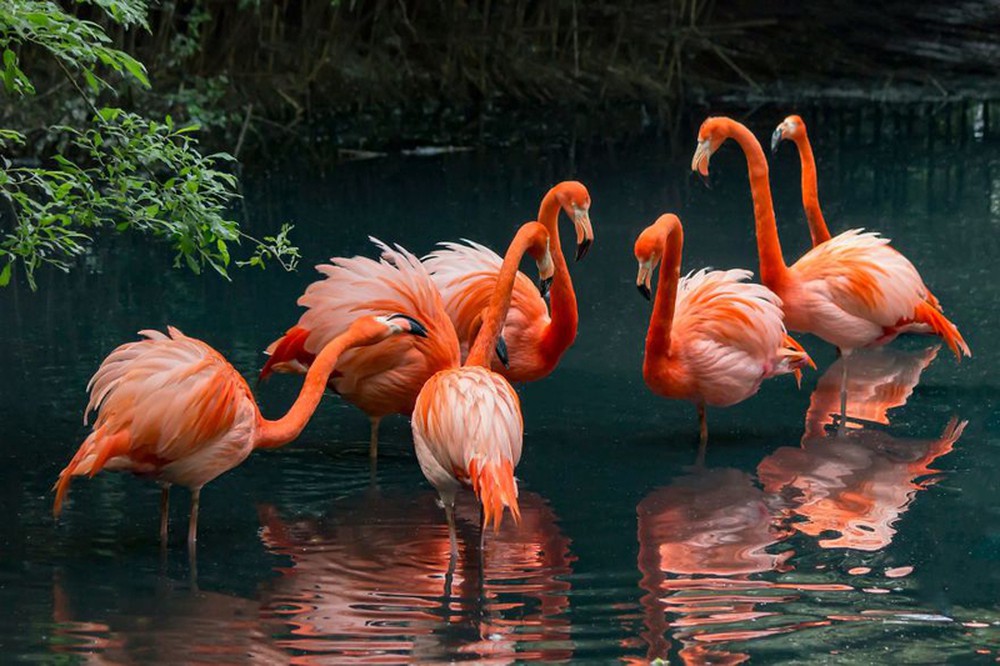
Flamingos are considered water birds, belonging to the famous Phoenicopteridae family. This family classification is intended to highlight the physical and behavioral characteristics that characterize flamingos compared to other birds. Their slender body and unique beak structure help them adapt easily to specialized foraging. Flamingos are a diverse group of bird creatures consisting of 6 species. The diverse distribution is due to their ability to adapt and thrive in many ecosystems such as Africa, South America, the Caribbean and Southern Europe. The presence of flamingos in these geographically distinct areas demonstrates their exceptional versatility and has become an attractive research subject for biologists worldwide.
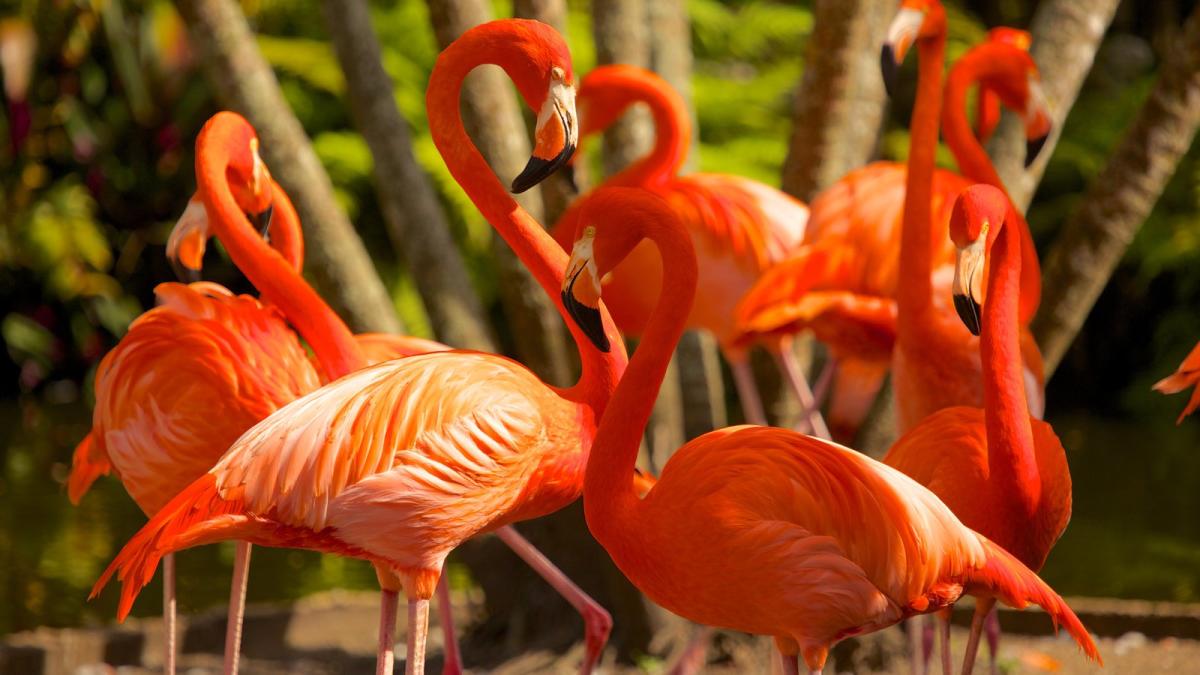
Males and females are said to look very similar, although females may have whiter dorsal markings.
Young birds have a uniform plumage pattern while adult birds are pure black
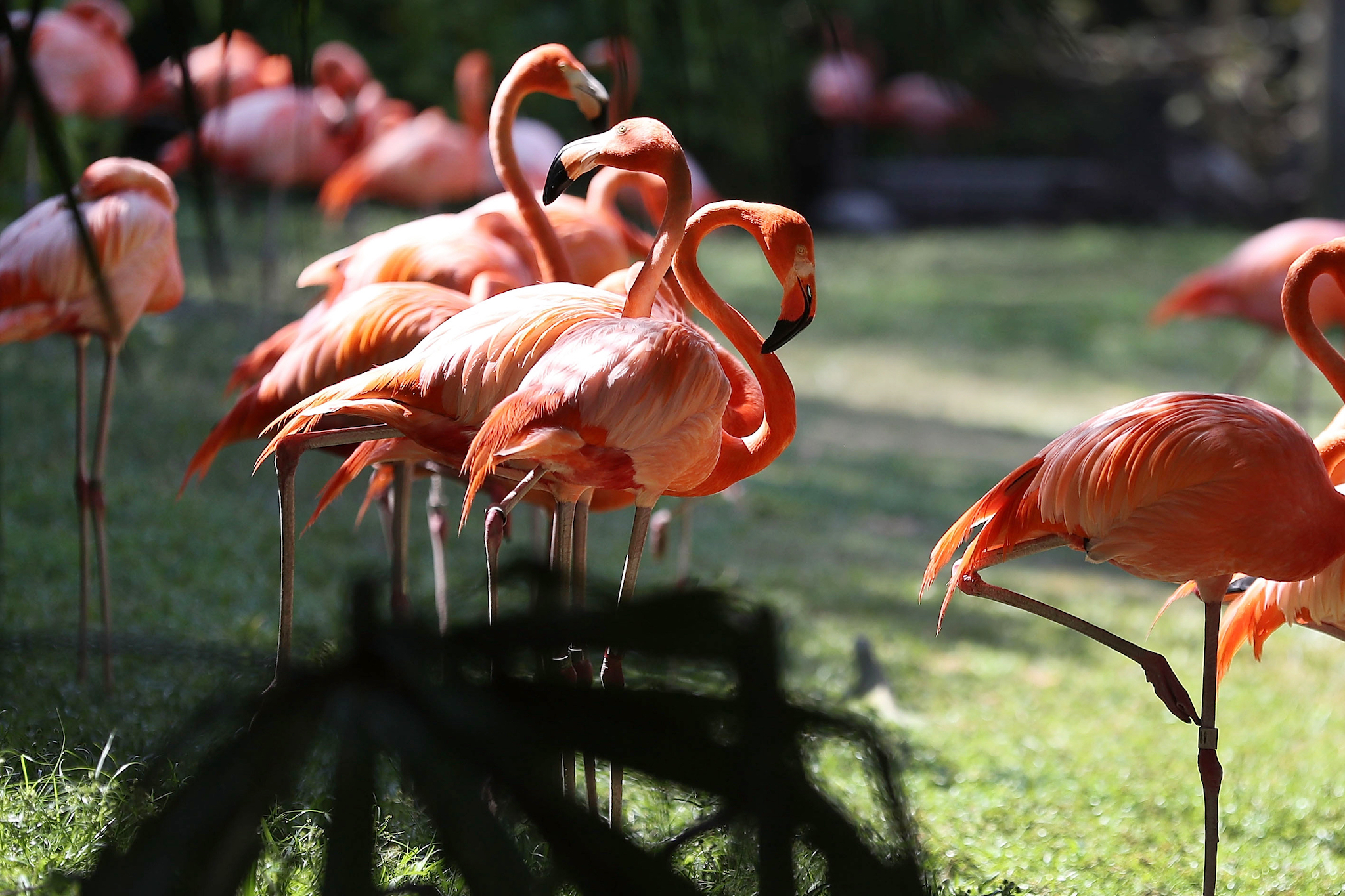
Thanks to their unique ability to adapt to their environment, Caribbean flamingos represent the largest species of the flamingo genus. This species possesses an outstanding appearance with long, slim legs and a long neck, and can reach a height of more than 1.5m. Their long legs help them move easily and flexibly to search for food in underwater habitats, especially shallow waters and mudflats. With an impressive size and stature that conveys authority, the Caribbean flamingo has become a symbolic animal and a source of inspiration for works of art.
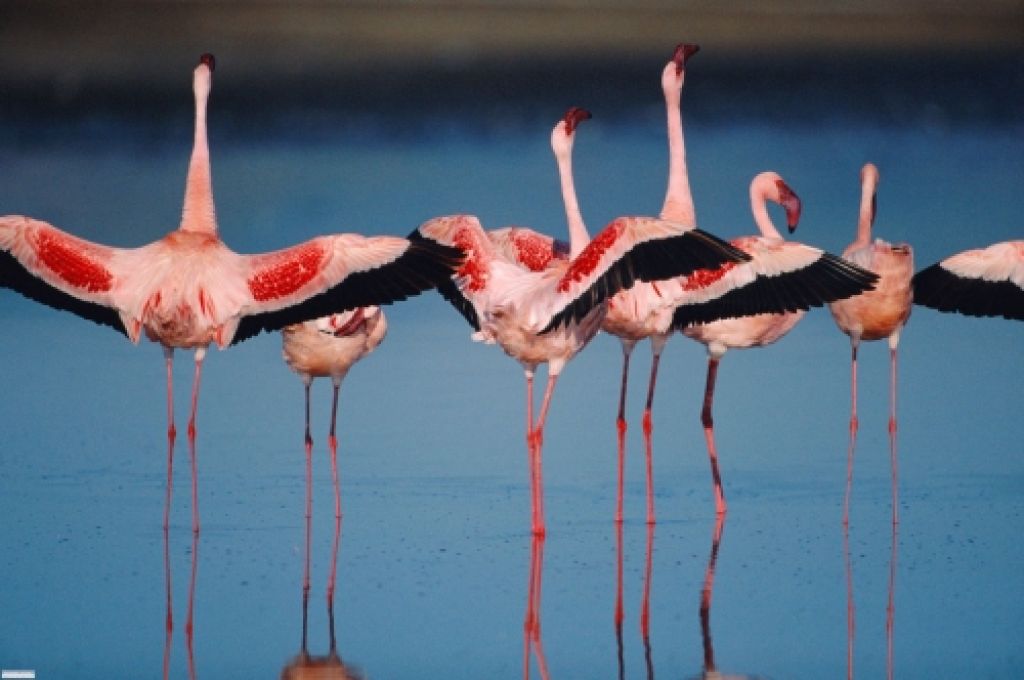
What is easy to distinguish between flamingos and other birds is their reddish-pink plumage. When newly hatched, flamingos have gray fluff and a pink beak. The pink color in the beak is the presence of carotenoid pigments from the mother bird’s milk. Over time, the chicks mature and develop pink-red plumage thanks to a diet rich in pigment. With specialized foraging habits, using a uniquely shaped beak to filter food effectively and accurately, flamingos easily adapt to their living environment. Algae, shrimp and crustaceans are the main food sources of flamingos. Pigments in food not only help flamingos stay healthy and physically fit, but also create a brilliant red-pink color for their feathers. This specialized foraging attracts scientists and researchers to understand the complex relationship between flamingos and their environment, contributing to our knowledge of the natural world and its many wonders. for flamingos.
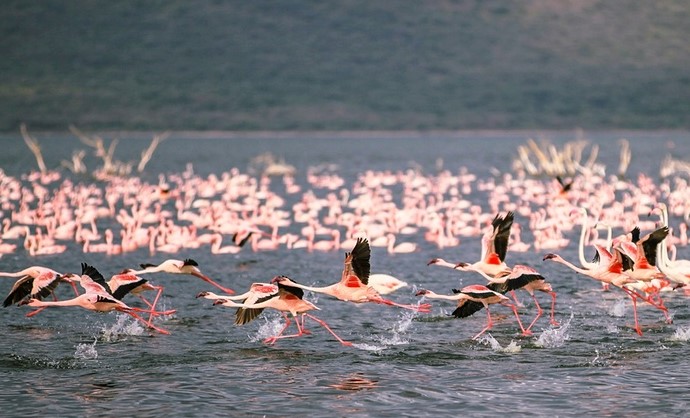
In addition to long, sinewy legs, flamingos also have webbed feet, allowing them to easily swim in deep water. The membrane on their feet helps flamingos increase buoyancy and propulsion, making it easier to move and find food in water environments that other birds cannot do. This adaptation is a testament to the exceptional flexibility and adaptability of flamingos, allowing them to thrive in many aquatic ecosystems and maintain their status as keystone species in many areas. .
Flamingos are famous for their communicative behaviors involving both vocalization and body language, which are necessary for establishing and maintaining social bonds with other members of the flock, contributing to the success of their flock. maintaining the race. Low grunts to soft or high-pitched calls convey information about the flamingo’s location, feeding behavior, and reproductive status. These sounds are often accompanied by body language such as head and neck movements, flapping wings or synchronized movements that all hide their intentions and emotions.
Live in large herds
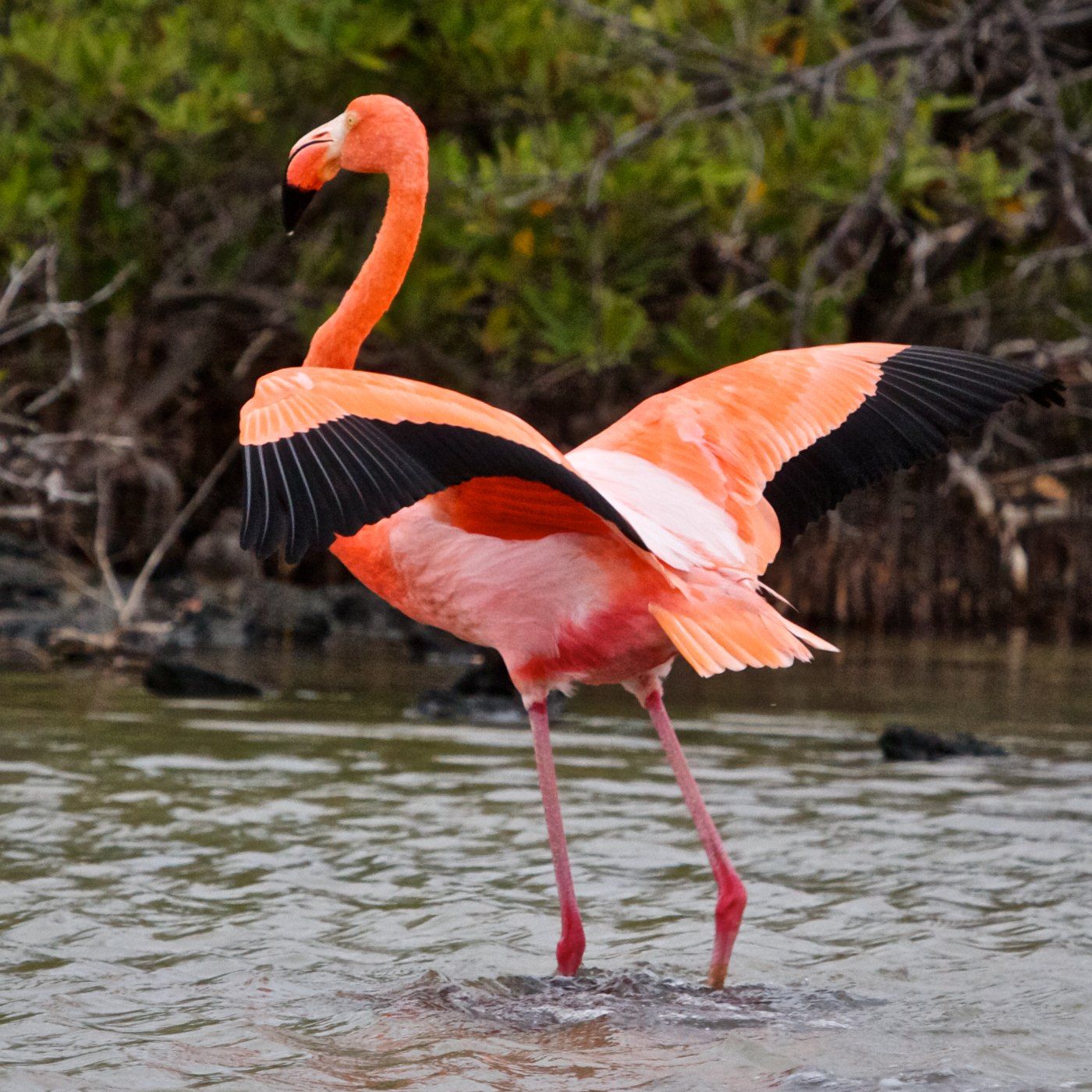
When talking about birds, people often think of fidelity. This is clearly shown in flamingos. Social interactions such as courtship, vocal signals or body language contribute to the formation and maintenance of pair bonds in flamingos. The pair’s relationship usually lasts a lifetime, with both partners gathering materials and building the nest, taking turns incubating the eggs to ensure the safety of the chicks. Flamingos’ monogamy helps them raise healthy offspring that are able to survive challenging habitats year after year.





